Why Medical Supervision Matters in Prescription Drug Recovery
Published: 2025-09-16
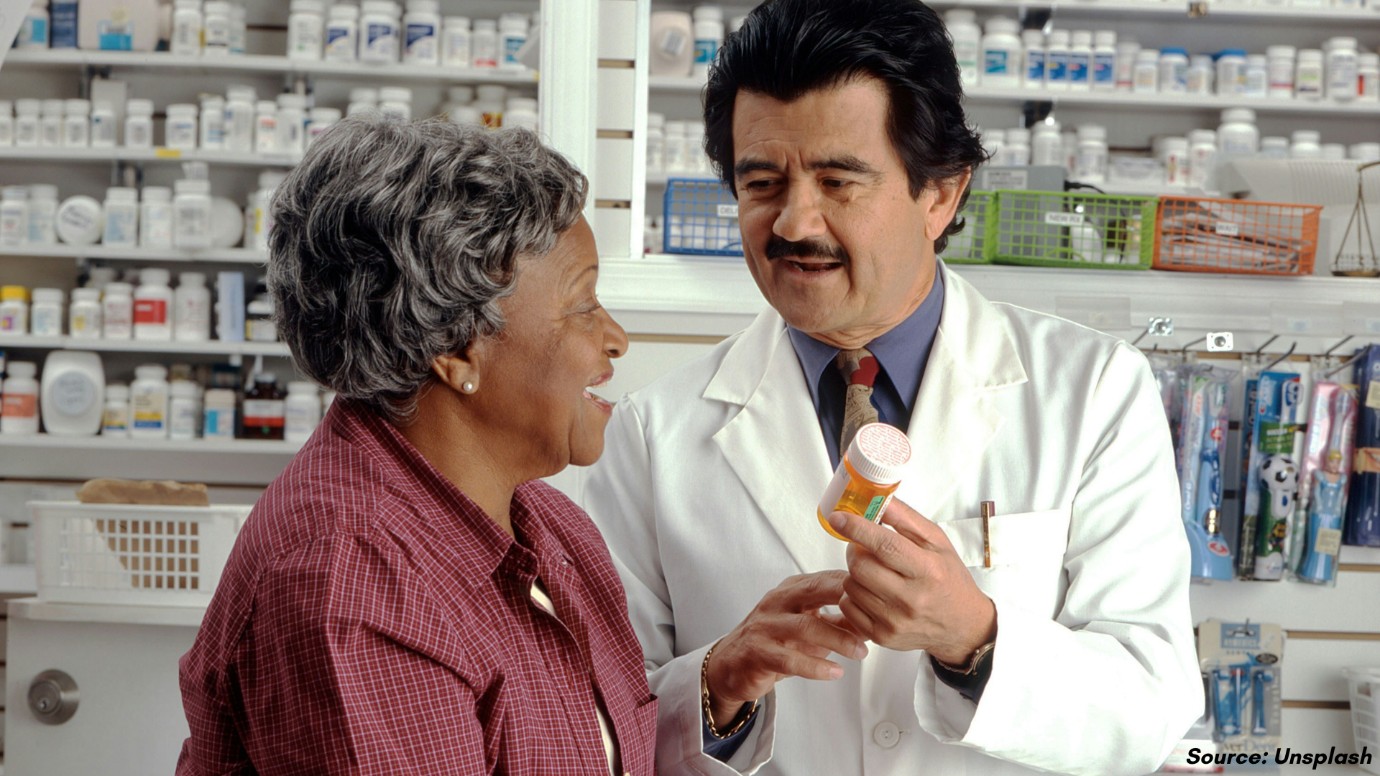
Prescription medications have helped millions of people manage pain, anxiety, and other health challenges. They improve daily life and allow you to function with more comfort, if used properly. But these same medications can also carry serious risks.
What begins as a legitimate prescription can quietly shift into misuse or dependence. It doesn’t always look dramatic at first—maybe you take a little more than prescribed to help you sleep or cope with a stressful day.
Over time, though, these patterns can become dangerous. According to studies, more than 14 million Americans aged 12 and above reported misusing prescription drugs in 2021 alone. That’s not just a statistic. It’s a reminder that anyone—no matter how responsible—can find themselves stuck in a cycle they didn’t expect.
Getting out of that cycle takes more than determination. Recovery often needs medical support, compassionate care, and expert guidance.
This article will help you understand what prescription drugs are, how addiction develops, why professional help matters, and what treatments can bring lasting change.
What Are Prescription Drugs?
Prescription drugs are medications you can only get with a doctor’s approval. They’re designed to treat specific health conditions in controlled doses. Unlike over-the-counter drugs like ibuprofen or cough syrup, prescription medications often have stronger effects or more potential side effects.
Doctors prescribe them to manage issues like chronic pain, severe anxiety, sleep disorders, and attention deficit disorders. Some help people recover after surgery. Others allow patients to keep working or caring for their families when illness would otherwise make that impossible.
However, one must be careful and monitor their doses as these drugs are powerful. You need the right dosage, timing, and follow-up. For example, taking an opioid for post-surgical pain can be very effective, but only when the dosage matches your needs and is tapered off as you heal.
According to a report by the National Center for Health Statistics, more than 48% of Americans used at least one prescription drug in the past 30 days. That’s nearly half the population relying on these treatments.
The problem isn’t the medicine itself. It’s how easily a necessary prescription can slip into misuse when there isn’t enough guidance or when life’s pressures push you toward more frequent or higher doses.
Common Prescription Drugs People Misuse
Misuse happens when you take medication differently than prescribed. It could mean taking a higher dose, using someone else’s prescription, or combining the drug with alcohol or other substances. Over time, this pattern can lead to dependence and addiction.
Here are four of the most commonly misused categories:
Opioids
These drugs are prescribed for pain relief. You might recognize names like oxycodone (OxyContin) or hydrocodone (Vicodin). Opioids work by blocking pain signals in the brain, but they also trigger feelings of euphoria. That’s part of why they’re so addictive. People start taking them for real pain but then rely on them for emotional relief.
Benzodiazepines
Often called “benzos,” these medications help with anxiety and sleep issues. Xanax, Valium, and Ativan are common examples. They slow down the nervous system, creating calm and relaxation. However, when used over long periods or at higher doses, benzos can lead to powerful dependence and risky withdrawal symptoms if you stop suddenly.
Stimulants
Drugs like Adderall and Ritalin are prescribed for ADHD. They help improve focus and concentration. But when misused—especially in larger doses—they can cause dangerous spikes in heart rate, anxiety, and addiction.
Sedative
Medications such as Ambien help with sleep problems. When taken improperly or mixed with other depressants, they can slow breathing and become life-threatening.
Even if these medications start as a safe, legitimate prescription, they can turn dangerous without proper oversight.
What Is Prescription Drug Addiction?
It’s easy to confuse dependence and addiction, but they’re not exactly the same. Dependence means your body has adapted to a drug. If you stop using it suddenly, you’ll feel withdrawal symptoms like headaches, nausea, or anxiety. Addiction, though, goes further—it changes your brain’s reward system and affects your behavior and judgment.
When you become addicted, taking the drug isn’t just about avoiding withdrawal. It starts to feel necessary to function emotionally and mentally. Your brain releases dopamine when you use the medication, reinforcing the behavior. Over time, you crave the drug even when you know it’s harming you.
Here are some signs that prescription drug addiction may be taking hold:
-
You need higher doses to get the same effect.
-
You feel withdrawal symptoms when you try to cut back.
-
You find yourself “doctor shopping” to get multiple prescriptions.
-
You hide your use or feel ashamed about it.
-
You notice mood swings, memory problems, or poor focus.
Addiction can damage relationships, jeopardize jobs, and strain finances. But perhaps the hardest part is how it erodes your confidence and makes you feel trapped. The good news is, with professional support, you don’t have to stay stuck.
Why Medical Supervision Matters in Recovery
Quitting prescription drugs cold turkey sounds brave, but it can be dangerous, especially with opioids and benzodiazepines. Your body and brain adapt to these substances over time. When you suddenly stop, your system can go into shock.
For example, benzodiazepine withdrawal can lead to seizures, panic attacks, or hallucinations. That’s why benzodiazepine addiction treatment should always be managed by professionals who know how to taper doses safely. Some treatment centers also combine medically supervised detox with behavioral therapies and medication-assisted support. This approach helps ease symptoms like insomnia and rebound anxiety, which are very common when you stop taking benzos.
In simple owrds, it gives you a structured plan so you don’t have to face withdrawal alone or risk dangerous complications.
Medical supervision offers several benefits:
-
Safety: Doctors and nurses monitor your vital signs and symptoms. If complications arise, they can act immediately to protect you.
-
Comfort: Medications may ease withdrawal symptoms, reducing discomfort and cravings.
-
Customized Care: Clinicians adjust the plan as your body and mind adapt.
-
Emotional Support: Recovery isn’t just physical. Trained teams help you process the fears and guilt that often accompany addiction.
-
Addressing Mental Health: Many people who struggle with prescription drugs also face anxiety, depression, or trauma. A qualified program can treat these underlying issues alongside addiction itself.
Studies show that medically supervised programs significantly improve long-term recovery success. They create structure, safety, and support—all of which are hard to build alone.
Techniques and Approaches Used in Medically
Recovering from prescription drug addiction involves more than detox. It requires an approach that treats the whole person—mind, body, and spirit. Here are some of the core techniques professionals use:
A. Medical Detoxification
Detox is often the first step. During this phase, doctors help you taper off medication gradually to avoid severe withdrawal symptoms. They may prescribe other medications to ease discomfort and stabilize your health. For example, if you’re coming off opioids, you might receive medicines that manage cravings or prevent relapse. The focus is on safety and setting a foundation for further treatment.
B. Medication-Assisted Treatment (MAT)
MAT combines medications with counseling. Buprenorphine, methadone, and naltrexone are commonly used for opioid addiction. These drugs help reduce cravings and block the effects of opioids if you relapse. MAT can also be helpful for benzodiazepine dependence when closely supervised. It’s not a crutch—it’s a proven method to keep you stable while you rebuild your life.
C. Behavioral Therapy
Therapy is where you learn how to break the patterns that fuel addiction. Cognitive Behavioral Therapy (CBT) helps you identify triggers and replace negative thoughts with healthier coping strategies. Motivational interviewing builds your confidence and readiness for change. Contingency management uses rewards to reinforce positive behavior. These approaches can be deeply transformative.
D. Dual Diagnosis Support
Many people who struggle with prescription drugs also have anxiety, depression, or PTSD. Treating these issues alongside addiction is essential. Dual diagnosis care ensures you don’t have to choose between addressing your mental health and your substance use—they happen together, so treatment should too.
E. Aftercare Planning
Recovery doesn’t end when you finish treatment. Aftercare includes ongoing counseling, support groups, and relapse prevention strategies. You’ll create a plan to handle stress, rebuild routines, and stay connected with professionals who can help you navigate challenges. This stage is often the difference between temporary sobriety and lasting recovery.
These techniques combine structure and compassion to help you regain control. They form a safety net that can carry you from dependence to stability and freedom.
What to Look for in a Recovery Program
Recovery programs often come in different forms. It is important to find one that matches your needs and values. Below, we have mentioned a few things you must consider:
-
Accreditation and Licensing
Look for centers accredited by reputable organizations. This ensures they follow safety and quality standards.
-
Qualified Staff
Check that the medical staff have experience treating prescription drug addiction and co-occurring mental health issues.
-
Customized Care Plans
Avoid one-size-fits-all approaches. You deserve a treatment plan tailored to your history, health, and goals.
-
Continuity of Care
Ask about aftercare options. Recovery doesn’t stop when you leave treatment, and good programs provide support well into the future.
Take your time researching and comparing options. Ask questions. Trust your instincts. A good program will welcome your curiosity and help you feel comfortable with your decision.
Conclusion
Prescription drug addiction doesn’t happen overnight, and it doesn’t mean you’re weak or flawed. It means you’re human. With the right medical supervision, you can regain your health and self-respect.
Professional help protects your safety, eases the burden, and gives you the tools to heal. If you or someone you care about is struggling, don’t wait. Reach out to a qualified treatment center.
Remember, choosing recovery is one of the most courageous steps you can take. You deserve support, understanding, and a fresh start.
About the Author
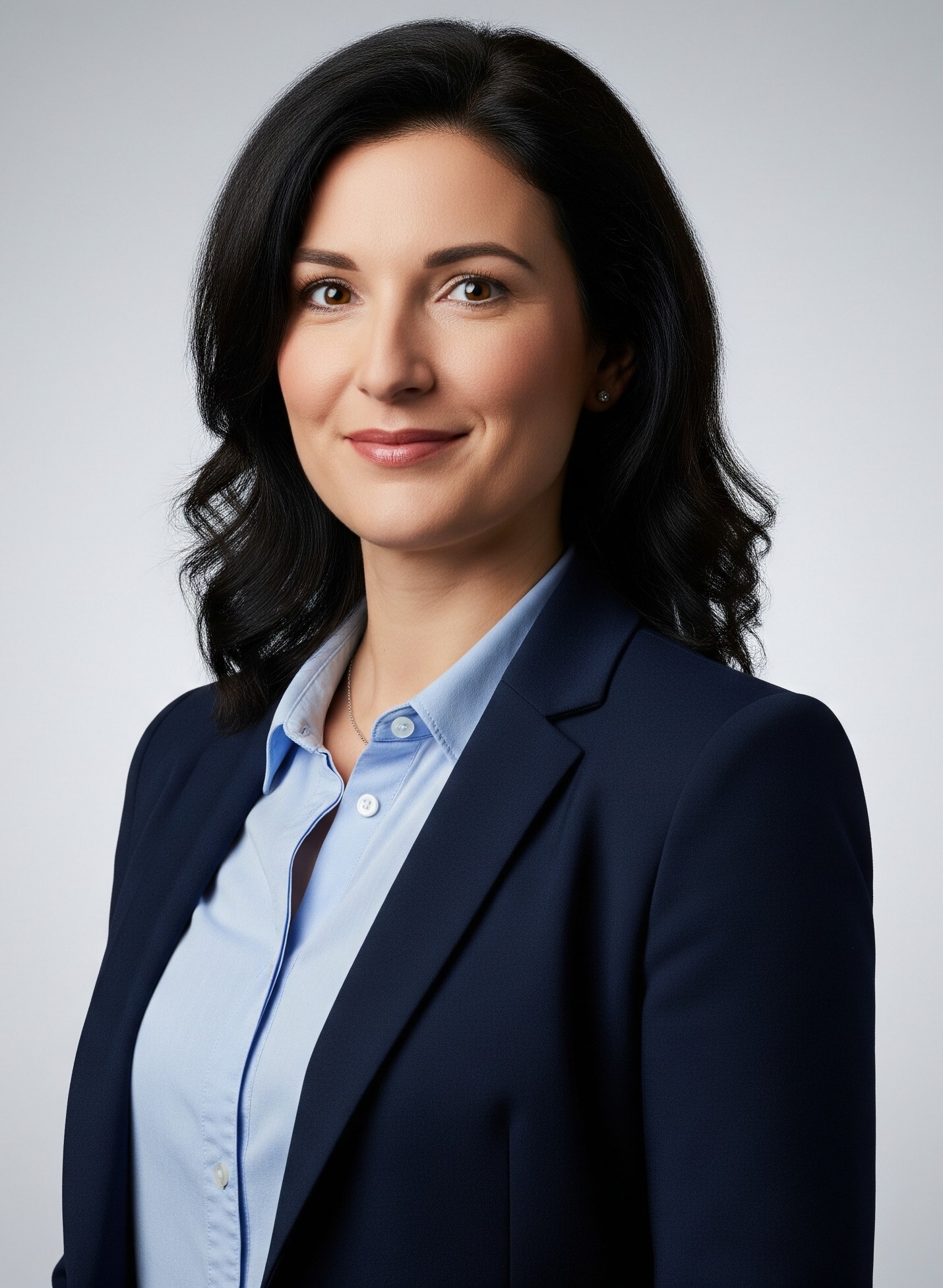 Olivia is a digital marketing expert at Outreach Monks, crafting successful strategies for clients. She's a valuable contributor, sharing content and insights on industry updates. Olivia's articles offer a fresh perspective on emerging trends. Her passion for the field is evident in all her contributions.
Olivia is a digital marketing expert at Outreach Monks, crafting successful strategies for clients. She's a valuable contributor, sharing content and insights on industry updates. Olivia's articles offer a fresh perspective on emerging trends. Her passion for the field is evident in all her contributions.
About the Reviewer
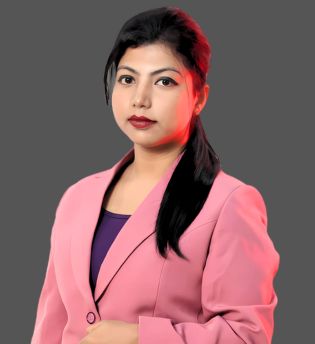 Debashree Dey is a skilled Content Writer, PR Specialist, and Assistant Manager with strong expertise in Digital Marketing. She specializes in crafting visibility strategies and delivering impactful, data-driven campaigns. Passionate about creating engaging, audience-focused content, she helps brands strengthen their online presence. Beyond work, she draws inspiration from creative projects and design pursuits.
Debashree Dey is a skilled Content Writer, PR Specialist, and Assistant Manager with strong expertise in Digital Marketing. She specializes in crafting visibility strategies and delivering impactful, data-driven campaigns. Passionate about creating engaging, audience-focused content, she helps brands strengthen their online presence. Beyond work, she draws inspiration from creative projects and design pursuits.








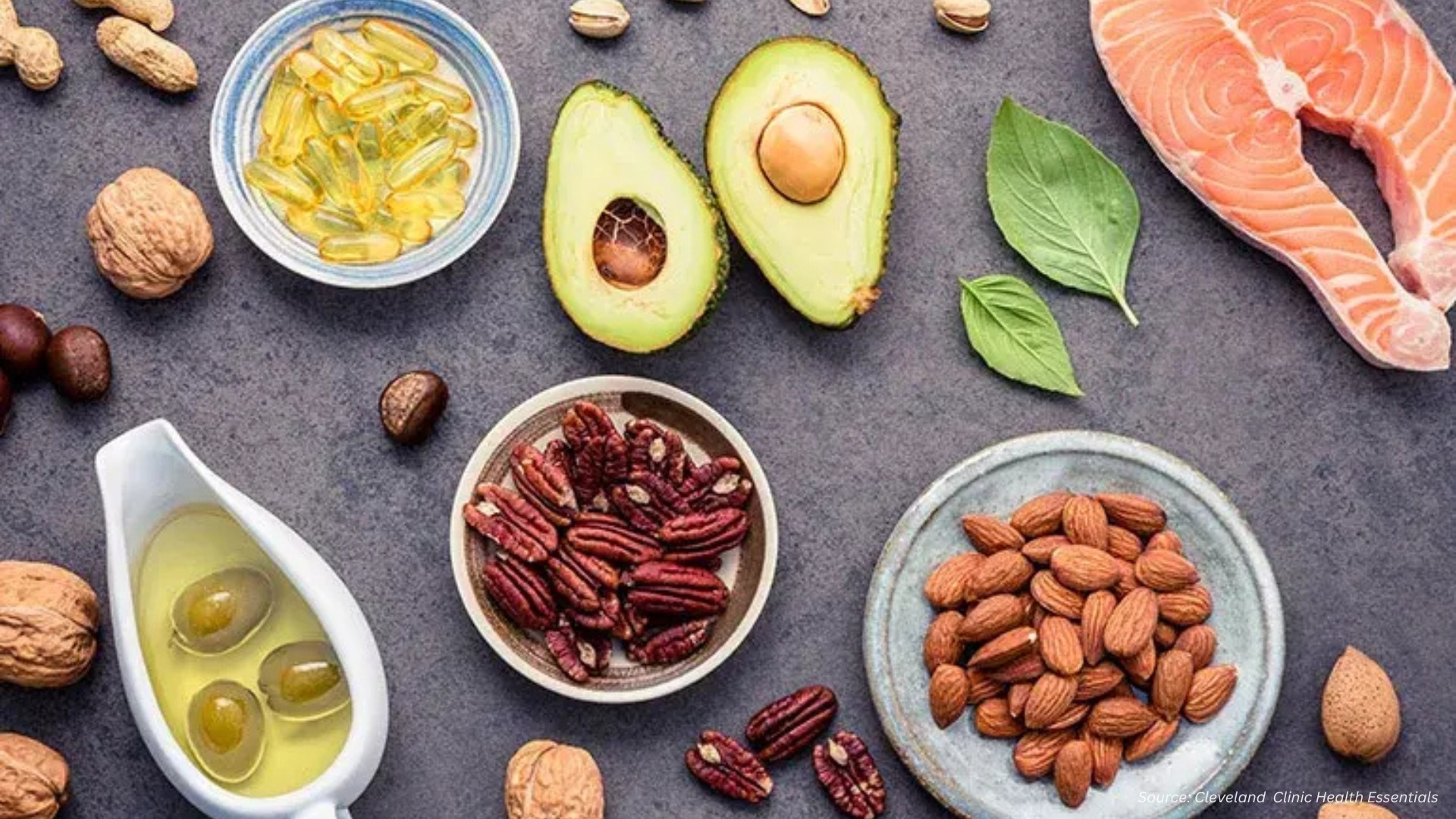

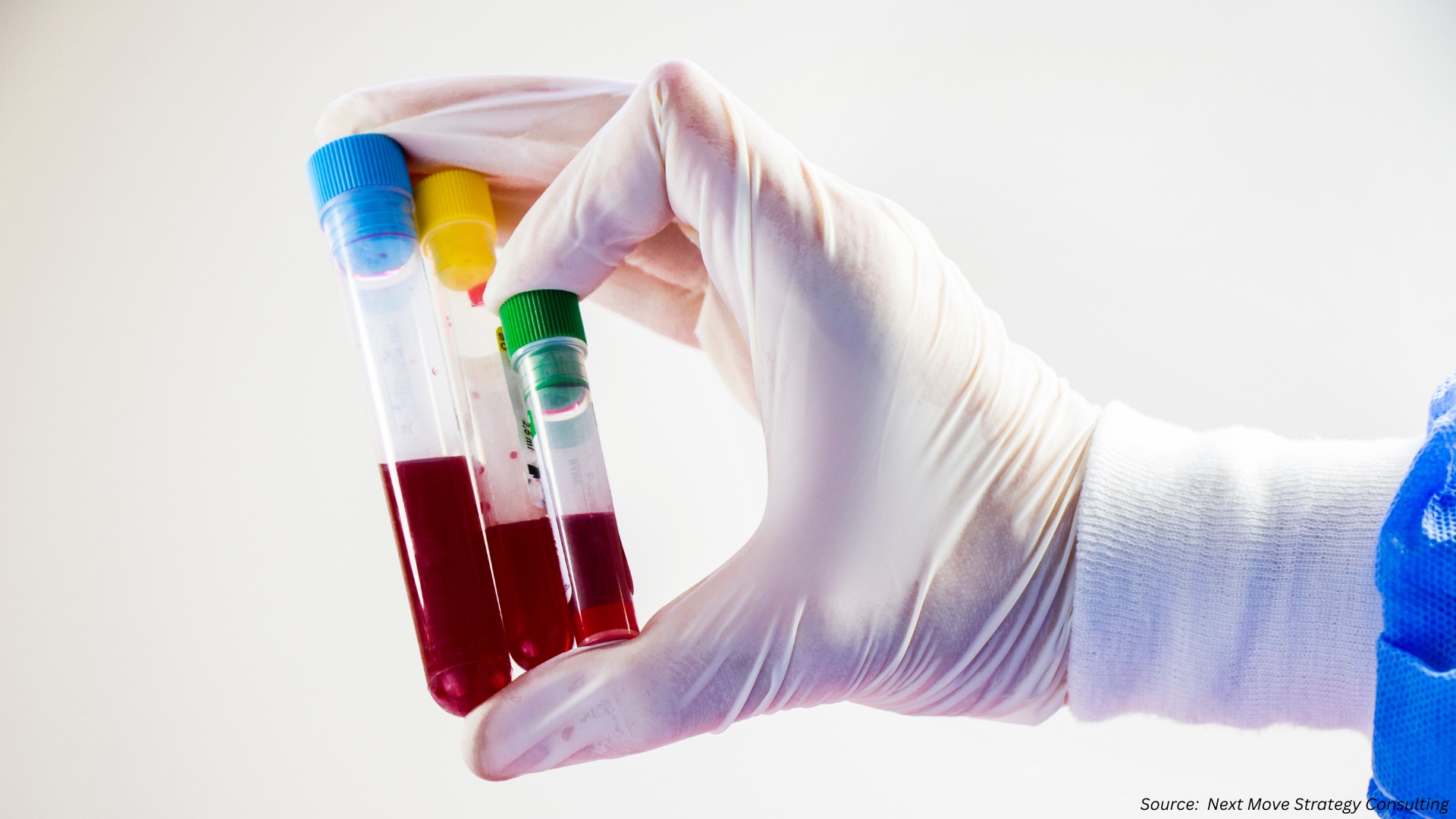





Add Comment